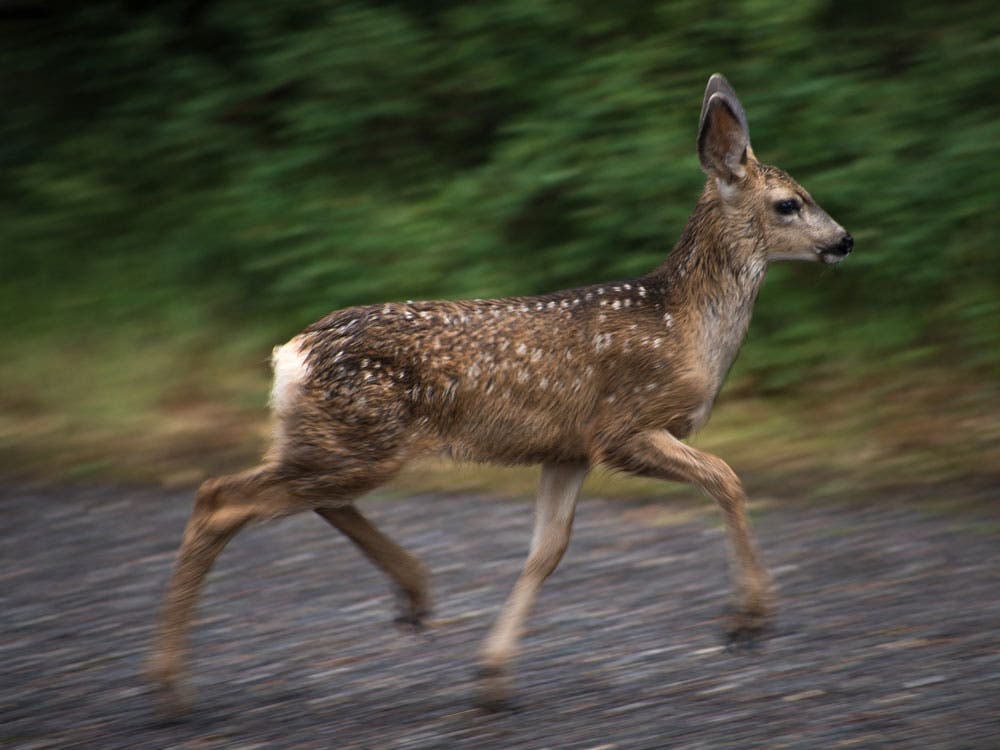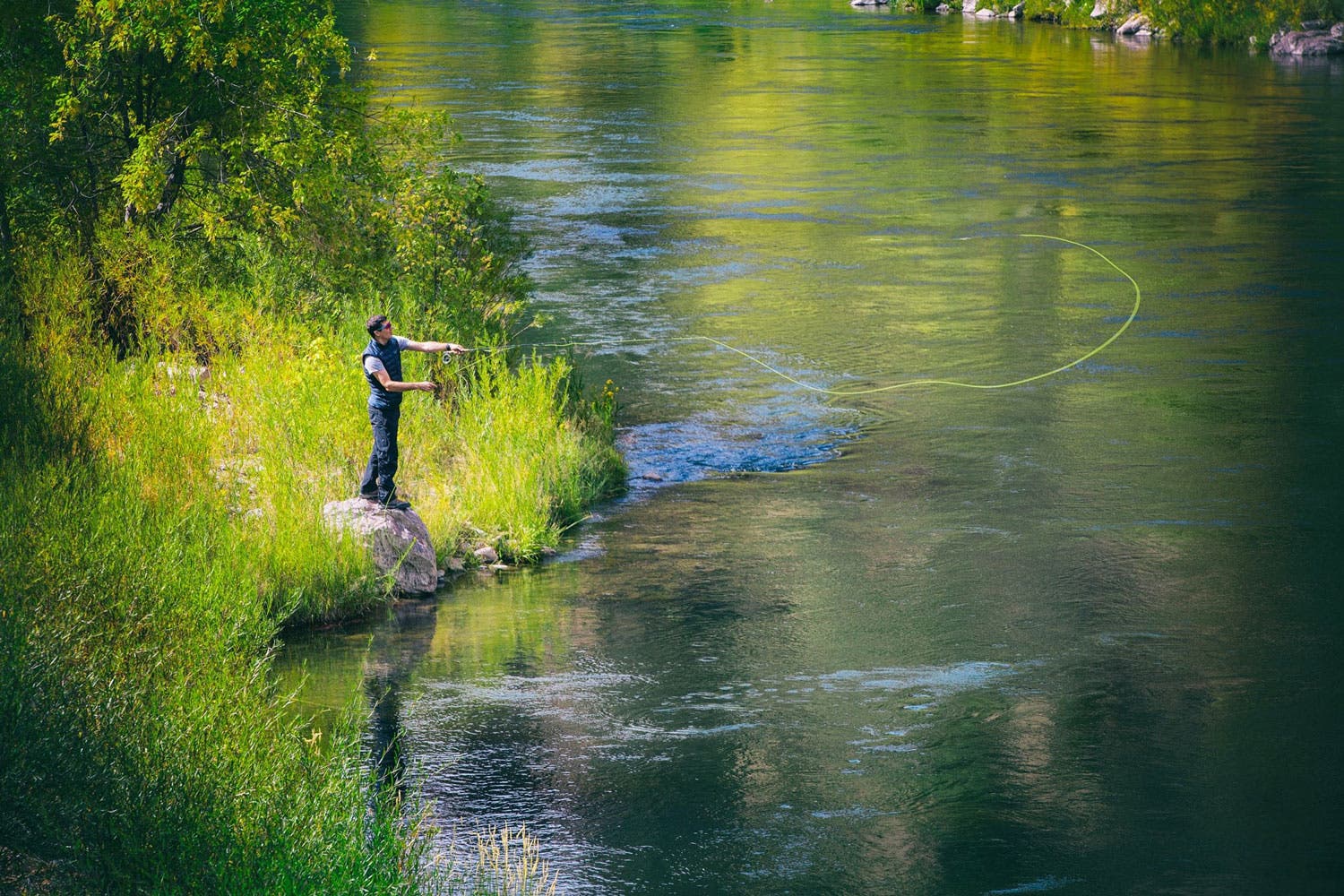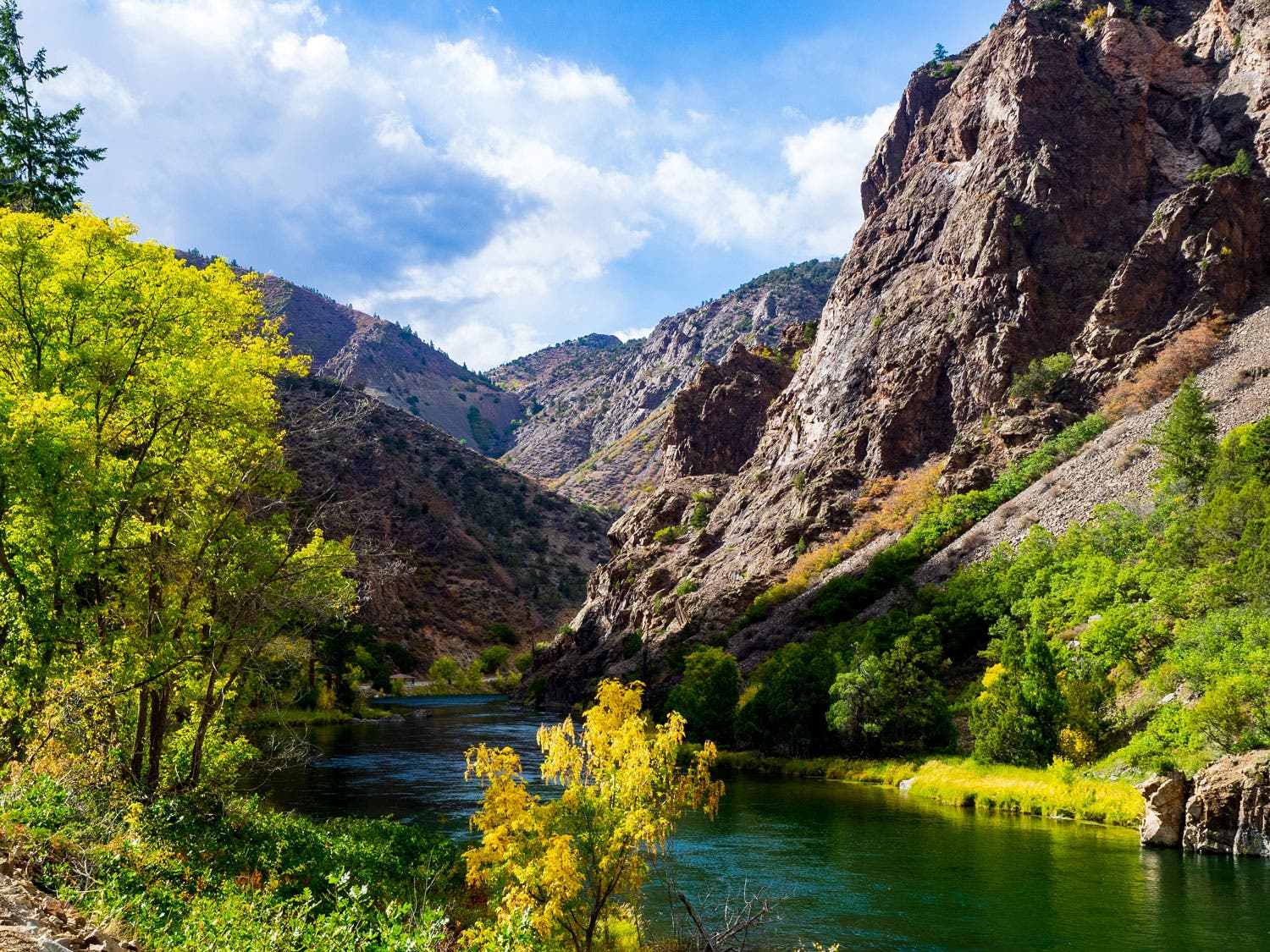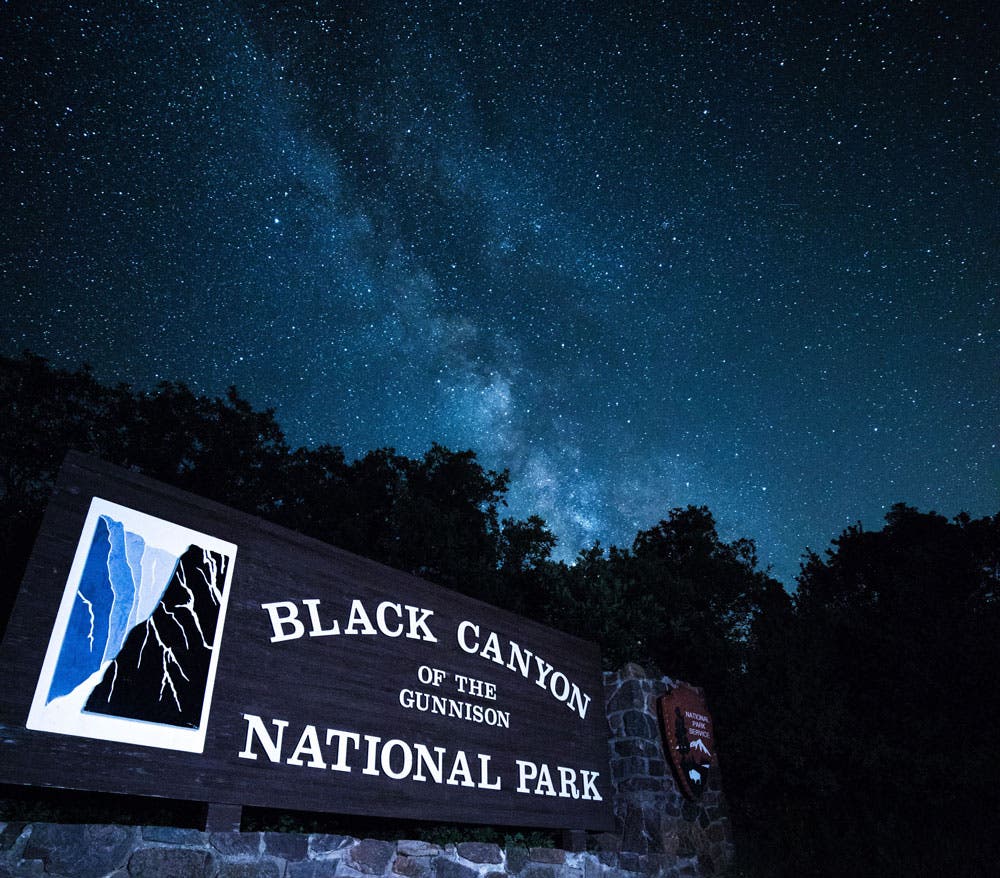What’s the Best Season to Visit Black Canyon of the Gunnison National Park?

Snow-covered log at Painted Wall (Photo: Getty Images)
Staggering canyon topography might not be the first thing that comes to mind in a state best known for its snowcapped Rocky Mountain peaks, but Colorado’s Black Canyon of the Gunnison National Park is home to an equally impressive landscape of steep cliffs, jagged spires and more than a few vertigo-inducing overlooks. You can opt to visit the park’s more developed South Rim, drive to the remote North Rim, take a trip on a steep, winding road to East Portal or hoof it on foot down one of the rugged, primitive trails to access the inner canyon, which is a designated wilderness. Each area of the park offers a unique experience, though some spots are only accessible during certain months of the year. While the views from the canyon rim are impressive year round, summer is the best season to visit Black Canyon of the Gunnison National Park if you want to explore more areas of the park and skip the unpredictable shoulder season weather.
Here are the pros and cons of visiting in every season.
Note: Black Canyon of the Gunnison National Park closed on July 10, 2025 due to a wildfire burning on the South Rim. Visit https://www.nps.gov/blca/learn/management/lawsandpolicies.htm for updates.
Spring (March – May)

Springtime at Black Canyon of the Gunnison brings warming weather with average highs ranging from the mid-40s to the low-60s, though temps still drop back into the 20s and 30s at night. Conditions during this time of year are highly variable—come prepared for everything from sunny, blue sky days to frigid, windy weather.
March and April can still see spring storms bringing a dusting of fresh powder to the canyon rim, though the chance for snow decreases significantly in May. Depending on the year’s snow conditions, the full length of South Rim Road beyond Gunnison Point Overlook usually opens in early April with the more rugged and remote North Rim Road typically opening in mid-April.
Of the spring months, May offers the best chance for reduced crowds, mild weather and better access to more sites in the park. This time of year is great for bird watching as resident and migratory species will also be out enjoying the cooler weather along the rim.
Summer (June – August)
Summer is the best (and most popular) season to visit Black Canyon of the Gunnison National Park. June, July and August see average highs in the 70s and 80s with temperatures dropping back into the 40s overnight. Afternoon thunderstorms are common in July and August—check the forecast and get your hike in early to avoid the risk of lightning. If you’re looking to pitch your tent or pull up your RV, all three of the campgrounds are open and accessible—though you’ll still want to come prepared for variable conditions as the weather can rapidly change from warm and sunny to cold and rainy. Drinking water is available in the South Rim Campground and at the South Rim Visitor Center during the summer months, though there are no showers, dish cleaning stations or water for RV tanks. If you’re headed to the North Rim, you’ll need to bring whatever water you need with you.
The summer months are a great time to get out and explore the canyon—take a scenic drive to check out the many overlooks, go for a hike along a trail on the rim or plunge into the heart of the inner canyon on one of the challenging primitive routes. If you’re heading into the canyon, don’t forget to pick up the required wilderness use permit from the North Rim Ranger Station, or grab one ahead of time on Recreation.gov for South Rim trails. On average, temperatures in the canyon will be 5 to 10 degrees cooler than temperatures on the rim. The beginning of June also offers some of the best conditions for fishing along the Gunnison River, and if you enjoy wildlife watching, you can often spot deer and elk passing through the area. Wildflowers bloom in the open meadows along the canyon rim in the early summer.

Keep in mind that the scrubby oak flats on the canyon rim don’t provide much shade, so you may want to avoid hiking during peak heat on summer days—or at least plan on bringing plenty of water and sun protection if you do. Also, if rock climbing is on your agenda, be aware that certain climbing routes in the park are closed for nesting raptors from mid-March to mid-July. July and August are the busiest months in the park in terms of the total number of visitors, so don’t expect to have the roads, campgrounds or overlooks to yourself.
Fall (September – October)
Fall is the best season to visit the park if you want to avoid the crowds and beat the heat. September is a great month for planning a backpacking trip into the inner canyon or for taking advantage of the cooler weather for rock climbing on some of the park’s 145 routes.

In September, average high temps can still hit the low 70s but drop back into the low 40s at night. Things start to cool off in earnest in October with highs in the upper 50s and lows often dipping below 30℉—be prepared for the occasional dusting of snow. The park’s campgrounds and both the North Rim and South Rim Roads remain open in September and October, giving you access to all the prime spots to catch those sweeping canyon views.
Fall is also a great time to visit if you want to take advantage of Black Canyon of the Gunnison’s International Dark Sky Park designation. Attending the annual astronomy festival, which is usually held at the end of September, is a great way to learn more and get an up-close look at the outstanding starry night skies.

Winter (November – February)
If you visit Black Canyon of the Gunnison National Park in the winter, be prepared for limited access and reduced amenities. North Rim Road and East Portal Road (as well as their respective campgrounds) are closed in the winter. South Rim Road closes to vehicles beyond Gunnison Point Overlook in mid-November, though the South Rim Campground remains open year round. An upside to the slower season is that you’ll enjoy a lot more solitude.
Although November can still be fairly temperate with highs in the 40s and lows in the 20s, December through February sees the temps dip sharply with highs in the 30s and overnight lows regularly dropping into the single digits. Don’t forget to pack all your warm layers.
When the snow starts falling (usually in mid-November), South Rim Road past Gunnison Point Overlook is transformed into a cross-country skiing and snowshoeing paradise—the route is even groomed for classic and skate skiing so you don’t have to worry about breaking trail. The park also offers ranger-guided snowshoe walks on the weekends throughout the winter. December, January and February tend to be the snowiest months in the park, with storms bringing in 1-2 inches of snow on average, if you’re eager to get out in some fresh powder.